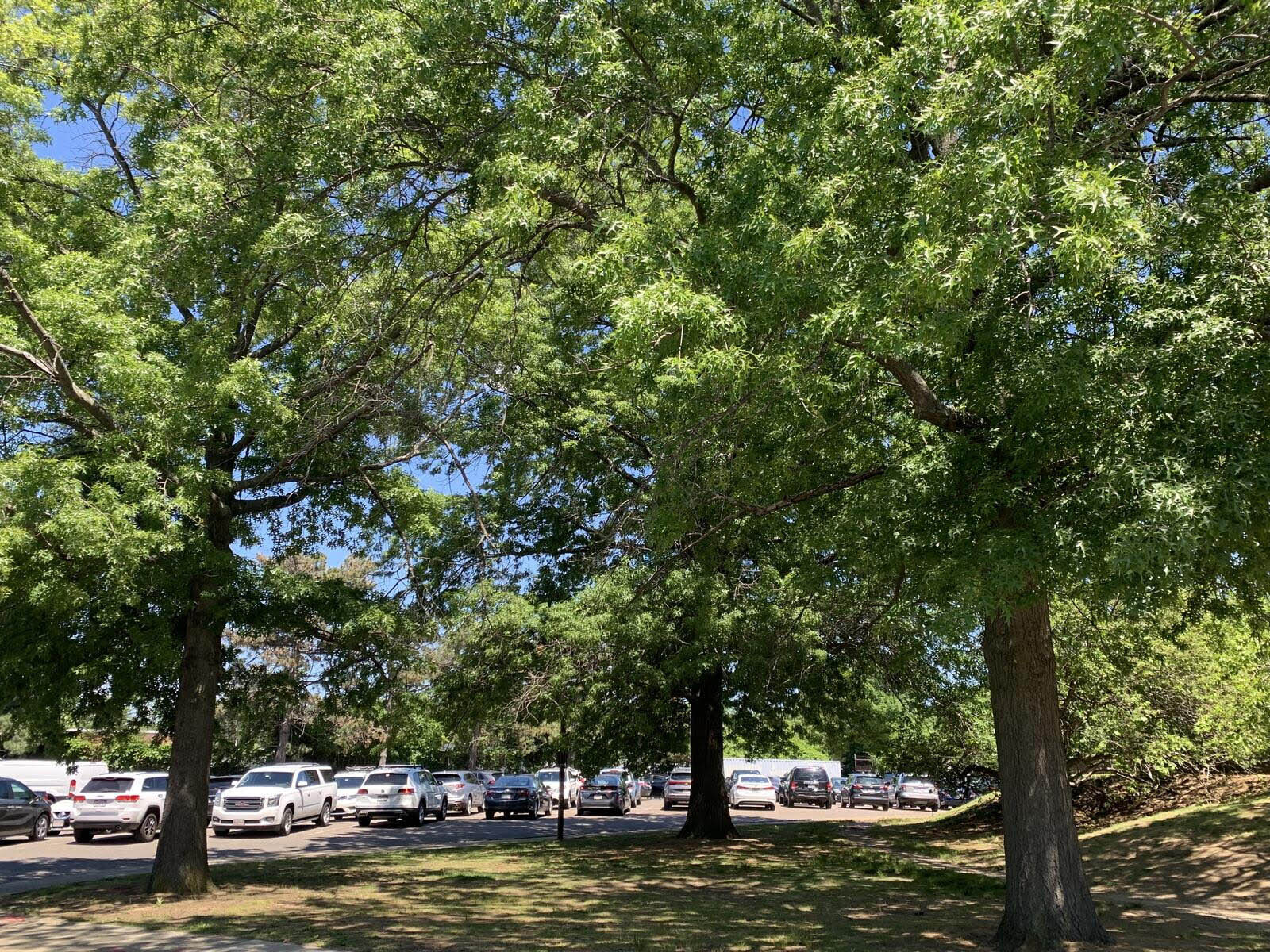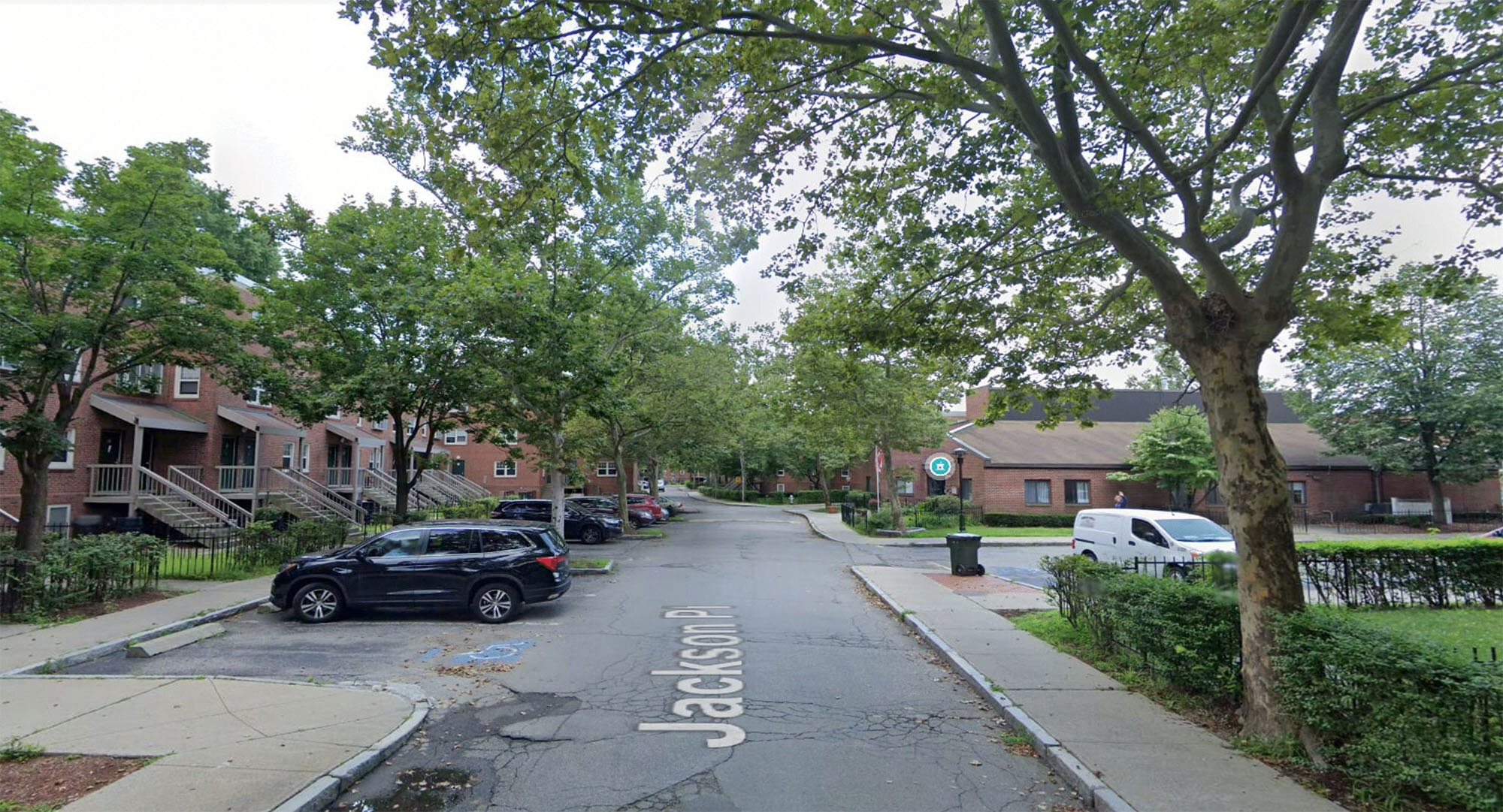“You Value Trees More Than People!” : How a Smart City Made Dumb Environmental Choices
The post on our community bulletin board app caught my eye: “Healthy, mature oak trees in Cambridge set for chopping block—as temps go up, big trees go down.” One of our local schools is being significantly enlarged and city officials had decided that it was cheaper and easier to cut down three huge oak trees on the property than to figure out a way to save them. Really? The temperature had recently spiked near 100 degrees in Cambridge, Massachusetts. Cutting down healthy trees didn’t seem like the best response to what is clearly an ongoing planetary climate emergency.
So, I monitored the thread as comments came in. What I learned might be a textbook example of how a wealthy, progressive community can commit environmental suicide.
First thing that happened is that the community thread erupted. People were outraged. How could this happen in our city? We have a Green Roof Zoning ordinance requiring a portion of new roofs to include plant life. We have an Urban Forest Master Plan to “guide the development of the urban forest into the future and… expand the urban forest canopy.” People pointed out the enormous health benefits of the trees, the importance of shade for the schoolchildren, and the historical value of the three trees.
Then, additional comments poured in. Know how when you pull on a thread, the whole sweater can unravel?
News about the tree situation in our town went from bad to worse. Turns out that when the Green Roof Zoning ordinance was passed, municipal buildings (like schools) were specifically excluded from the green roof requirements. And across the tracks at an affordable housing neighborhood now being developed, 144 of the 200+ mature trees are planned to be cut down. 95% of the trees on the site would meet the protection standard under the planned update to the city’s Tree Protection Ordinance Half are 12" or larger, meaning they are mature trees worth saving.
The impact of all this is dire. Mike Nakagawa, a member of Cambridge’s Climate Resilience Task Force, jumped onto the thread, noting that, “the city’s Urban Forest Master Plan says that even if we could reduce the current rate of tree loss in the city in half, we would still need to plant 2750 trees, every year, for the next 50 years, to reach the goal of 30% tree canopy coverage that we had about 10 years ago.” In other words, we’ve been going backwards, losing tree canopy for years—many of us thought we’d been increasing the city’s tree canopy over the past decade, not cutting it down. “Without stopping the rate of tree loss, we'd need to plant 200,000 trees somewhere in the city.” These two city projects (the school and the affordable housing redevelopment), Nakagawa noted, “represent some of the largest tree slaughters in decades.”
Tree slaughters. Melodramatic? Not really, not any longer. Think about this. Research shows that heat already kills more people in the United States than any other weather-event (including hurricanes and the much-feared pop-up tornadoes that prompt alerts on weather radios). One estimate is 12,00 heat-related deaths per year in this country. If you need any evidence, see the recent extreme heat in the Northwest which has killed hundreds of people.
Trees can dramatically lower air temperature in cities. They also reduce power demands for air conditioning, avoiding power failures, and cutting down on climate-changing emissions.
Planting new trees to replace old trees—often included in development plans-- is hardly the answer. Old trees store carbon much more efficiently than new trees plus they provide a leafy canopy that can take decades to replace.
This is not just a local problem. One research project revealed that, “tree cover in urban/community areas of the United States is on the decline at a rate of about 175,000 acres per year, which corresponds to approximately 36 million trees per year. Estimated loss of benefits from trees in urban areas is conservatively valued at $96 million per year.” Leave aside the dollars and think about the hundreds, thousands, eventually millions of people affected by the failure to protect the tree canopy in our cities, converting them into “hot zones.”
Tree slaughter leads to human slaughter.
That’s why a post on the tree thread chastising the whole discussion for valuing a few trees over the needs of residents in search of affordable housing has the equation wrong. We are now in a place environmentally where the health of people is tied to the health of trees. In town and city planning, we can no longer afford to pit people against trees. A social justice issue facing our country is the reality that many non-wealthy urban areas have become hot zones. As the New York Times pointed out, “Across the nation, the wealthier and whiter your neighborhood, the greener the view from your window is likely to be.”
Yet how many wealthy towns are also in the process of tree slaughter in the name of development?
So, how did we get here in a town with two world-renowned universities and many progressive residents? In a nutshell: by local authorities rigging the review system and side-stepping public oversight. And many of us not paying attention to what was going on with our local officials. The school project plans with the specifics of which trees were to be removed were not made public until just a short time before construction is slated to start. At the affordable housing site, the city’s Tree Protection Ordinance, which would have protected most of the 200+ mature trees, specifically exempted affordable housing projects, “because apparently low-income people don't deserve their mature trees” in the acid words of Nakagawa. As another resident commented, “I thought I lived in a democracy, but apparently not.”
Still, the news is out and protests are starting. A large number of citizens are plenty angry and our city government has been flooded with protesting emails. Signs to “Save Our Trees” are going up. Memories have been rekindled of the 1960s, when local citizens chained themselves to the magnificent sycamores along the Charles River to prevent the city from cutting them down. That protest worked. Will ours? Stay tuned.
And, check out the development plans where you live. What do you know about the fate of the trees in your locale?


